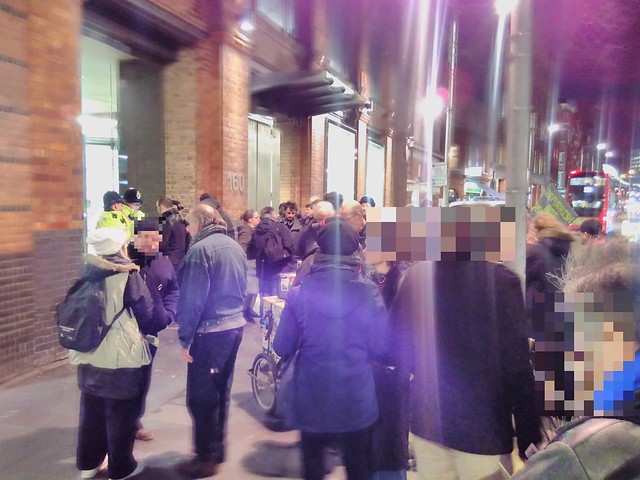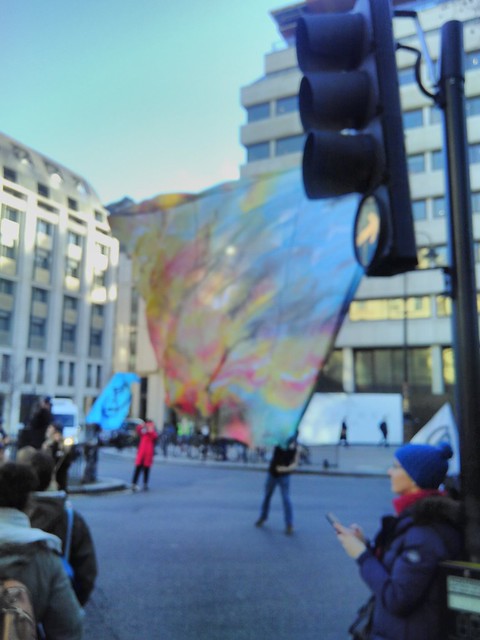The Good: Jitsi
Jitsi meet is by far the easiest video chat system to use. Go to meet.jit.si, type in a meeting name and give the resulting URL to everyone you want to chat with. This url stays good whenever you want it. There are no fees or limits. It doesn’t spy on you. It works via a web browser or free apps for android or iOS.
Downsides
This works ok in firefox with very small groups. If you have a lot of participants, you’ll need to use chromium or chrome.
The video source is only from the webcam. Doing audio routing from anything other than the microphone is tricky.
Work arounds
The main public server is put up by the developers at no cost. It seems to be in north america. The recent surge in traffic seems to have impacted the quality. The server software, however is free and open source and apparently very easy to deploy in ubuntu – if you’re willing to pay £50/month for a VM or have a fixed IP address. This is obviously a huge barrier to entry for people who want their own jitsi meet server, but a single small server can accommodate many hundreds of users. This could be a good community project.
The Bad: Zoom
Starting with the positive, zoom has a good user experience. It allows you to share your desktop as well as your webcam so if more flexible. If you download the app, you can also do audio mixing, so you get sound from your system easily. It can also be used to record your desktop to a small file format, which makes it useful for people who want to make videos to post online.
Downsides
Zoom is a for-profit company aimed at a corporate audience. This has several implications. The most obvious is that they charge for the service if your meeting goes over 40 minutes. The less obvious implication is that the service is part of a corporate panopticon. Your text chat logs are sent to your “boss” in the chat, as are reports of how much time you spent looking in other windows. You can be virtually present, but you will be surveilled.
Even less obvious is the company’s historic privacy abuses, including installing a secret webserver on your computer to allow any app to get access to your webcam, in case the whole report of whether you were paying attention didn’t seem Black Mirror enough by itself. Proton mail has a good write-up of the privacy issues.
Work arounds
This is some closed source commercial software, so your best hope to improve it is communist revolution. Right now, you have no rights.
The Ugly: House Party
House party is a consumer focussed app that features up to 8 participants and some ability to play games. It’s got a social media aspect, so you can find if your friends are on and go crash their meetings / parties.
Downsides
When I tried this, the games didn’t seem to work and the video quality was appallingly bad.
House Party is a for-profit service aimed at a home audience and this has several implications. They don’t charge the users, which means that we are the product being sold to somebody else. I didn’t notice any advertising within the chat, which suggests that the data is being sold on to third parties.
There is Facebook integrations, which strongly suggests that your data (including who you are talking to, from where and for how long) are being joined with the information already present in your facebook profile. This profile follows you around the web and tries to figure out everything you are doing and looking at.
In case you don’t sign in with facebook, it also asks for your email address, date of birth and phone number. Most users accept this for verification, but it’s a lot of information to give away and can definitely tie you to a specific identity. This could include a facebook shadow account that collects data even on people who deleted their accounts or never signed up in the first place. That Forbes found this to be ok only shows how much people are willing to accept surveillance capitalism as the norm. It should not be the norm.
One PhD student in privacy law notes that their TOS do not appear to comply with the GDPR.
This software doesn’t support Android users. You can use it via a chrome plugin.
Work Arounds
Still communist revolution. You’re not even the customer of this app. You’re the product. If this app were a pet store, you would not be the person looking to buy a snake. You would be a feeder rat they’ll come back to buy later.
Too obviously terrible to discuss in detail
Obviously anything directly run by Google or Facebook exists to harm your privacy.
What are you using?
Drop a comment and I’ll check it out.
I’m finding that video chat with groups larger than four is tedious, partly because of a lack of geometry. At an actual party, people break into smaller groups physically separated from each other. Also, video quality tends to be low, especially during peak internet usage times. Could Second Life with voice chat be the answer?





























